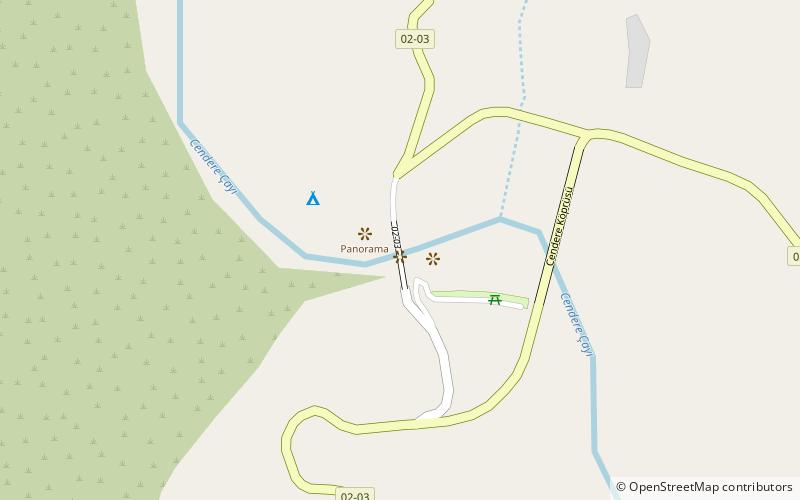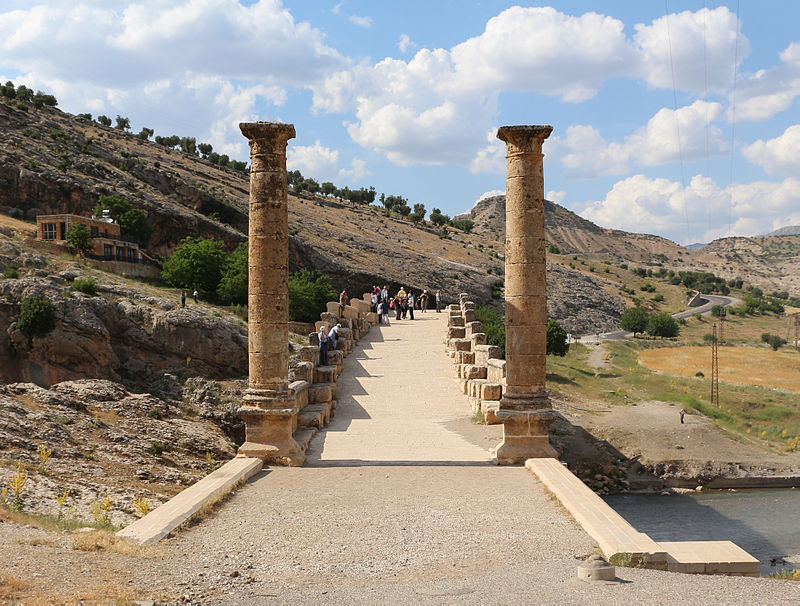Severan Bridge


Facts and practical information
The Severan Bridge, also known as the Cendere Bridge, is an ancient marvel of engineering nestled in the rugged landscape of southeastern Turkey. This Roman bridge, constructed in the 2nd century AD during the reign of Emperor Septimius Severus, stands as a testament to the architectural prowess of the time. Spanning the Cendere River with a length of 120 meters and a width of 7 meters, it is one of the largest surviving Roman bridges in the world.
Erected to facilitate military movements and trade, the Severan Bridge impresses with its durable construction and elegant design. The structure consists of two main arches, each with a span of approximately 30 meters, and a smaller central arch that allows water to pass during flood seasons. The bridge's sturdy limestone blocks, put together without the use of mortar, have withstood the test of time and the region's frequent earthquakes.
The bridge originally featured four Corinthian columns with inscriptions, dedicated to Emperor Septimius Severus, his wife Julia Domna, and their two sons, Caracalla and Geta. However, following Geta's assassination and consequent damnatio memoriae, his column was removed and his name erased from the inscriptions.
Adiyaman
Severan Bridge – popular in the area (distance from the attraction)
Nearby attractions include: Arsameia, Karakuş Tumulus.


